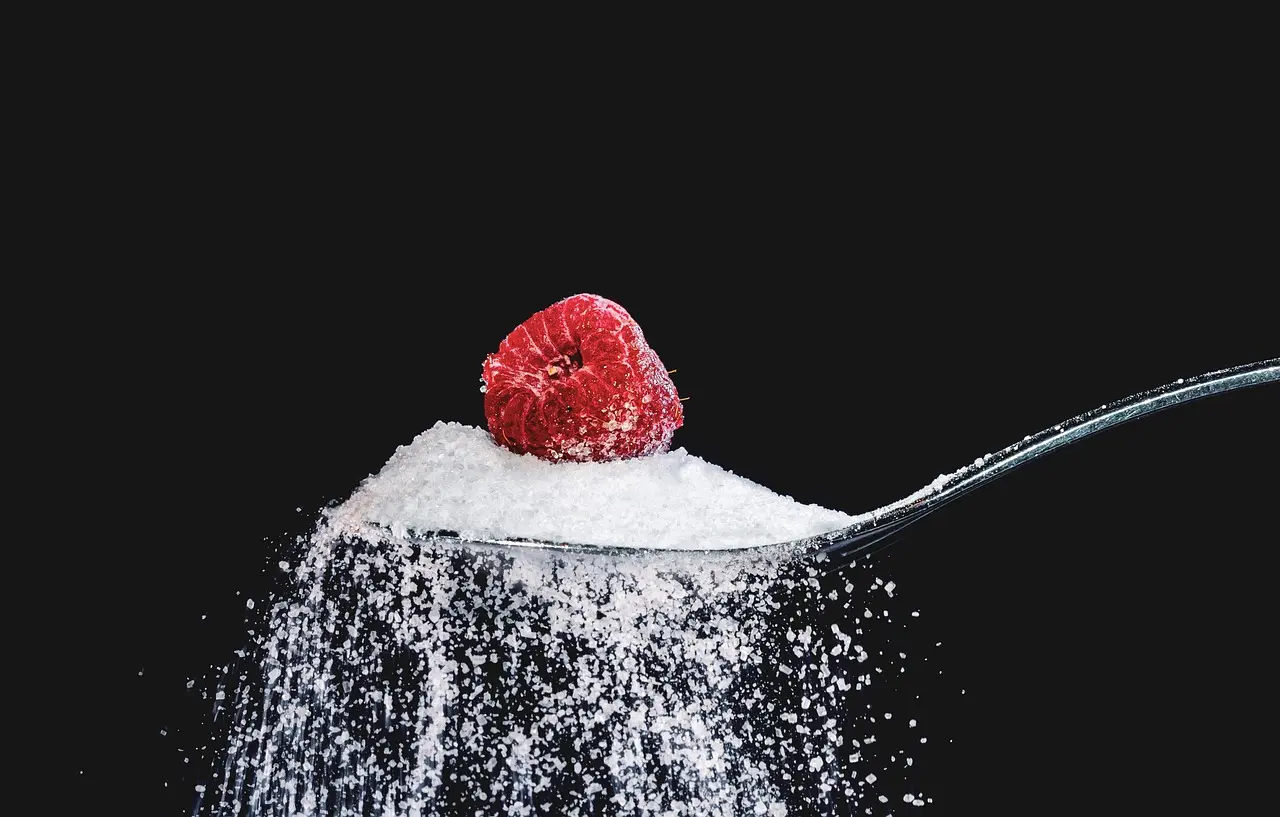
Sugar alcohols are not a sugar and not an alcohol either; its a type of sweetner that got its name because of its similar molecular structure to sugar and alcohol so they named this group of sweeteners “sugar alcohols”. Sugar alcohols are carbohydrates that occurs naturally in small amounts in fruits and vegetables but sugar alcohols used and sold commercially are made from sugars and starches. The sugars or starch go through a natural fermentation process which makes them chemically identical to naturally occurring sugar alcohols from fruits and vegetables.
The reason sugar alcohols have become popular is because they are about half the calories of sugar. The reason they are half the calories is because sugar alcohols do not get absorbed in the small intestine which means fewer calories get into your body; but because sugar alcohols aren’t completely absorbed, if you eat too much of them you may get gas, have diarrhea or feel bloated.
Another benefit is that sugar alcohols are a great alternative for diabetics because it affects blood sugar levels less significantly. You can tell how much sugar alcohols a product contains by looking at the nutrition fact panel right under the added sugar line as you can see above.
Sugar alcohols are not al the same but very similar will explain for of the most popular sugar alcohols: mannitol, sorbitol, xylitol and isomalt
Mannitol is made primarily from sugar beets, they are not the red beets we think about sugar beets are different. Mannitol looks like sugar and tastes like sugar, its 50 to 60% less sweet than sugar and about 50% of the calories compared to sugar. It provides cooling effects as well as sweetness. The sweetener is often used for chewing gum, candy, fast dissolve tablets, to make chocolate coating. You should limit you intake of mannitol to max 20g per day but everyone is different just know how many grams you are taking a day and look for the gastrointestinal side effects.
Sorbitol is made mostly from potato starch, it looks and tastes like sugar only 40% less sweet than sugar and about 35% less calories compared to sugar. It is also great for your teeth because it doesn’t contribute to cavities. Can also be used as a laxative for constipation by taking 7-14g per day but too much sorbitol can cause stomach discomforts so stay under 50g per day. Its often use in cookies, cakes because it gives products a smooth texture.
Xylitol is made mostly from birchwood and as the others this sugar alcohol also looks and taste like sugar and only 5% less sweet than sugar and 40% fewer calories. Xylitol is known to stop the growth of bacteria in your mouth so less plaque and cavities. It was also studied to reduce ear infections because the same oral bacteria in the mouth is also what causes some ear infections. Like sorbitol you should stay under 50g per day of xylitol to prevent stomach issues.
Isomalt is also primarily made from sugar beets, looks like sugar and tastes like sugar but about 40-50% less sweet than sugar and about 40% of the calories compared to sugar. Isomalt works well combined with high intensity sweeteners like Ace K or Stevia because the combination with Isomalt helps mask the bitter aftertaste of the intense sweeteners. Isomalt is used often in baking to create shapes and molds, because it can withstand high heat and stay clear. Its really popular, check out this cake where they made snowflakes out of isomalt.

